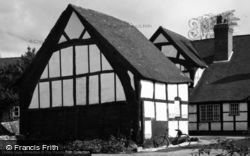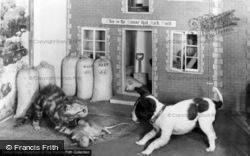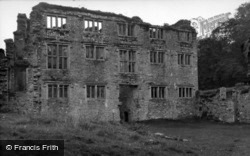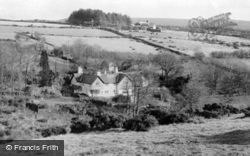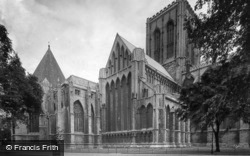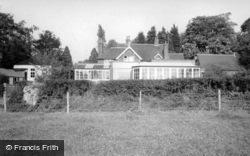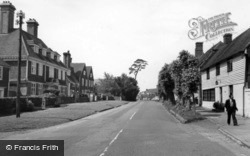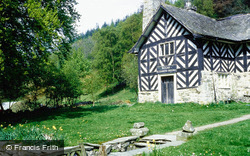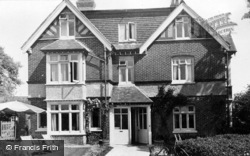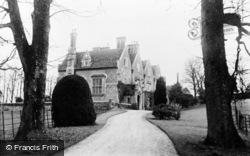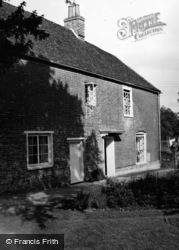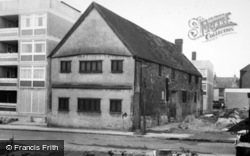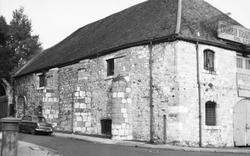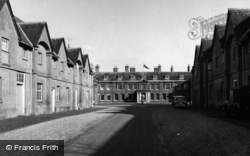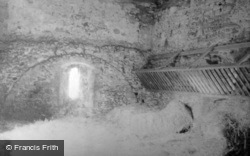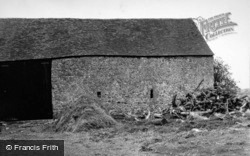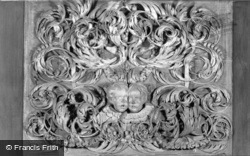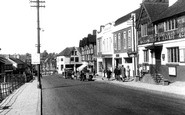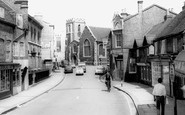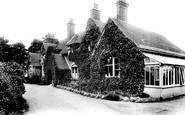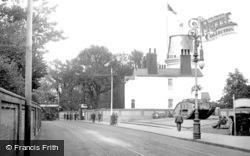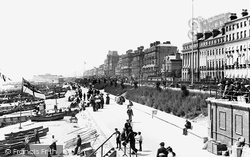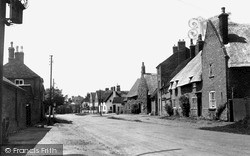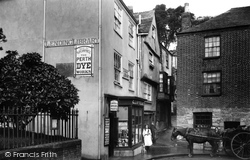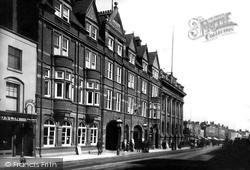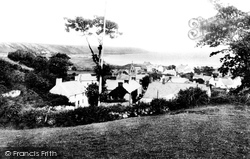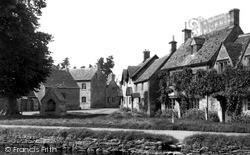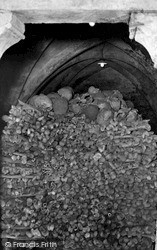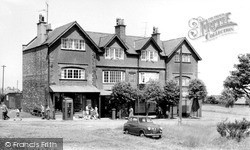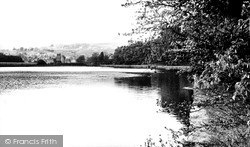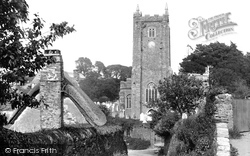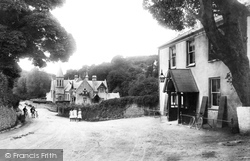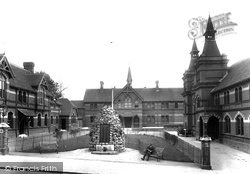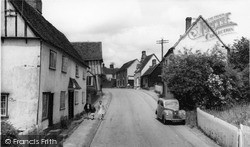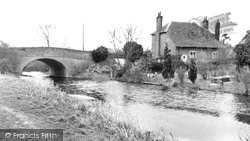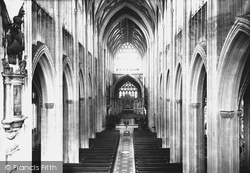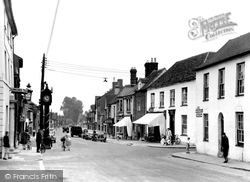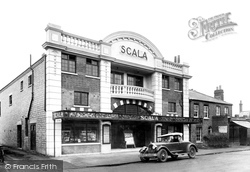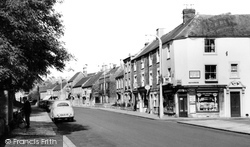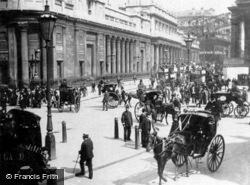Places
36 places found.
Those places high-lighted have photos. All locations may have maps, books and memories.
- Chatsworth House, Derbyshire
- Osborne House, Isle of Wight
- Brambletye House, Sussex
- Ickworth House, Suffolk
- Kingston Lacy House, Dorset
- Boscobel House, Shropshire
- Preshute House, Wiltshire
- Bolton Houses, Lancashire
- Brick Houses, Yorkshire
- Quaking Houses, Durham
- Water Houses, Yorkshire
- Bottom House, Staffordshire
- New House, Kent
- Mite Houses, Cumbria
- Lyneham House, Devon
- Church Houses, Yorkshire
- Dye House, Northumberland
- Spittal Houses, Yorkshire
- Street Houses, Yorkshire
- Tow House, Northumberland
- Halfway House, Shropshire
- Halfway Houses, Kent
- High Houses, Essex
- Flush House, Yorkshire
- White House, Suffolk
- Wood House, Lancashire
- Bank Houses, Lancashire
- Lower House, Cheshire
- Marsh Houses, Lancashire
- Chapel House, Lancashire
- Close House, Durham
- Guard House, Yorkshire
- Hundle Houses, Lincolnshire
- Hundred House, Powys
- Thorley Houses, Hertfordshire
- School House, Dorset
Photos
7,776 photos found. Showing results 2,661 to 2,680.
Maps
370 maps found.
Books
1 books found. Showing results 3,193 to 1.
Memories
10,360 memories found. Showing results 1,331 to 1,340.
School Days
I was a pupil at the Gravesend Technical School for Girls and remember walking along from Pelham Road to have our school lunches at the Boys School, housed in the Technical Institute - sausage and mash and some puddings with custard. ...Read more
A memory of Gravesend in 1948 by
Childhood In Basildon
Me and my mum moved to Basildon in 1958 and my mum was highly delighted when she was awarded a council house after our grotty flat in London. I was very happy there when I was young, as there were fields to roam, ponds to ...Read more
A memory of Basildon in 1964 by
Southdown Bus Station And Clair Meadow
I used to play in the old Clair Meadow and remember the drinks machine which sold pink milk in a wax carton by the tree at the footpath entrance to 'the rec' on Perrymount Road which is still there...I ...Read more
A memory of Haywards Heath in 1969 by
Bretherton In The Late 1940s & Early 50s
When I was a child we used to take my Grandma to visit some of her relatives in Bretherton. My memory is that they lived in a little cottage at the end of a row of about six, along a country lane. I ...Read more
A memory of Bretherton
Nch Old Bramhope
I went to Old Bramhope in 1934 at the age of one, and was there until 1948, when my father retired as Governor. I was at the school on site until 1943, and was in the Cubs and Scouts. I'm still in touch with a number of old boys ...Read more
A memory of Bramhope in 1940 by
Entertainment In The 1950''''''''s
Uxbridge was blessed with 3 cinemas; The Odeon, the Regal and the Savoy (the oldest of the three it stood on the corner of Vine St and the High St). The Odeon, I think, had the biggest productions as it had a wider ...Read more
A memory of Uxbridge by
Martin Street
I remember S C Cummins quite well, their factory was close to the corner of (I believe) William Street. My grandparents lived at 55 Martin Street for many years and my aunty lived on Earle Street. My uncle lived on William Street and ...Read more
A memory of Crewe in 1970 by
Summers At Coolham House
I have enjoyed summers at Coolham House from 1991 until 2012. The structures have changed very little in decades. The wildlife is wonderful: deer, foxes, pheasants, a pair of white owls, robins, thrushes, martins, ...Read more
A memory of Coolham in 1991 by
Ann Street Memories
Having been born in Ann Street in 1962, my memories of the surrounding area are quite vivid, including Waddles Foundry; the metal beating from the works would often wake me in the morning. It was on land just behind the Bull ...Read more
A memory of Llanelli in 1969 by
The Warren.
I remember when I was nursing at Ashford, Hothfield and Willesborough hospitals. We use to have to go to the Warren for some lessons. I can still remember my shock at seeing rows of `Iron Lungs` that were no longer in use. Also seeing ...Read more
A memory of Ashford in 1968
Your search returned a large number of results. Please try to refine your search further.
Captions
6,977 captions found. Showing results 3,193 to 3,216.
Trinity House built two lighthouses, one on the clifftop, one on the shingle below. The present High Light, pictured here, dates back to 1676, and was originally coal-fired.
The road to the front of the houses is now much wider, and there is a small park opposite the college.
Apart from the small villa, the Italianate stucco terrace houses of the 1850s and later mostly remain.
The main street is wide, with a fine collection of houses of various dates, styles and materials. In the photograph only the telegraph pole and its wires intrude into the scene.
The narrow alley between the houses leads off to Bull Hill.
The hotel, with its six gables and ponder- ous style, replaced a stuccoed 18th-century building, but it has now gone, to be replaced by the bland misjudgement of 1970s Greytown House.
Keay House—on the right—was home to Basildon Urban District Council from 1960 to 1965. It took its name from Sir Lancelot Keay, the first chairman of Basildon Development Corporation.
In the 15th century the cave was put to use as a smugglers' den before it was later converted into a pigeon house.
Lower Slaughter is best visited on a crisp winter's day, when the stream is full and the houses stand clear against the morning sun.
In it he found a vaulted 13th-century ossuary, or charnel house, containing the bones from over 1500 human skeletons from the graveyard. They remain there, neatly stacked.
This view shows that the houses are still few and far between, and the village, known as 'the town that never was', remains much the same now.
A former boat house was demolished before this picture was taken. The lake is still open to the public for fishing.
The north aisle has stained glass by Augustus Pugin, who designed the decoration of the Houses of Parliament.
Sheep Street, possibly Ship Street or Cheap Street, is shown here a hundred years ago, with most of the houses still intact today.
This was a popular coaching inn; it has since been renamed the Gower Inn to reflect its new-found function as a public house.
The Mechanics' Institute building now houses the Curtis Museum.
Stebbing, strung out along a mile-long road, has a fine collection of old buildings: the house with the leaning frontage is late 15th-century, the other cottages slightly later.
The photograph shows Colt Hill Bridge and the rear of The Bridge House.
The church houses some interesting artefacts, including what is purported to be a rib from the Dun Cow, said to have been slain by that old-fashioned homicidal maniac, Guy of Warwick; it is, in fact, a
The houses on the right were demolished to improve the junction with Calcutt Road, but little else has changed. The 1897 Diamond Jubilee clock tower survives outside The Vale pub.
The ornately designed building is a vivid reminder of the days, long before the television and video age, when every town in the country had a picture house, or 'flea pit' as they were sometimes known.
Shugborough Hall, Lord Lichfield's house, is behind the trees to the left; the small building on the towing path is now a craft shop.
In the distance stands the ancient Pack Horse Inn. The ivy-clad house is now the Conservative Club, whilst the shops remain relatively unchanged.
This view looks from the Mansion House balcony to the Bank of England.
Places (80)
Photos (7776)
Memories (10360)
Books (1)
Maps (370)


